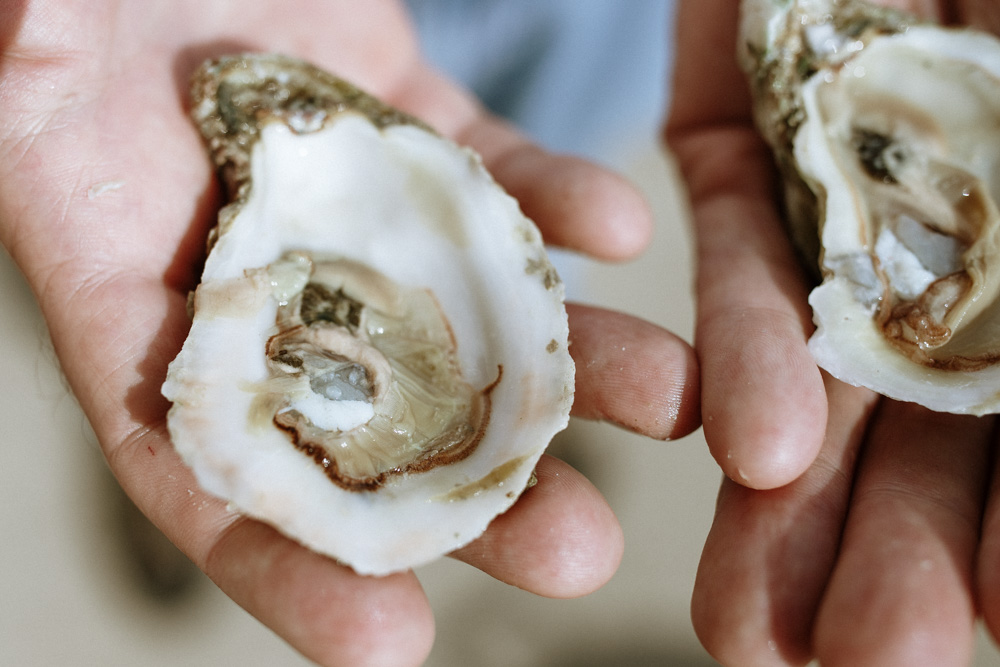Continuing from earlier in the year.
Tuesday marks the start of Texas’ commercial and recreational oyster season, but the bulk of the state’s oyster reefs are already closed for harvesting. This follows last year’s season during which the majority of reefs were closed by mid-December, leading to a clash between industry stakeholders and state wildlife officials over how to manage the resource.
The Texas Parks and Wildlife Department (TPWD) closes reefs if samples come back with too many small oysters or too few oysters overall. The idea is to give oysters time to recover and repopulate.
This year, 20 of the state’s 29 oyster harvesting areas are closed for the start of the season on November 1.
“What we as an agency have tried to do at the start of this season, with some of these thresholds, is to find a balance between understanding the economic hardship that this causes, but also doing what’s best to conserve the oyster population for the future,” said Christopher Steffen, a natural resource specialist with TPWD.
Oysters grow about one inch a year, and have to reach three inches before they can be legally harvested. Steffen said though there weren’t enough oysters above market size in their samples to open the reefs, the samples showed oysters have been recovering.
“We’re pretty fortunate in the sense that we do have quite a bit of undersized oysters, which is good for the future,” Steffen said. “We are seeing a lot of spat, which are the small oysters that settle on the substrate. And then some of the spat leftover from last year that’s grown into that two to three-inch size range.”
Oysters are extremely sensitive to changes in water quality, and Steffan said the drought in much of the state could put further pressure on them in the coming months.
In the past decade, Texas oysters have endured multiple hurricanes, drought, and heavy rainfall.
“It just takes time for those populations to rebound,” said Steffen, adding that they serve important ecological functions, such as preventing shoreline erosion and filtering water.
See here for some background. There are actually a few more harvesting areas open now than there were at the beginning of 2021, though that’s probably not much of a comfort to the fishers. Hope for better conditions, and remind the incoming Legislature that climate change is a problem we’re going to deal with one way or another whether they want to or not, I guess. The Chron and the Observer have more.


I’d be interested in hearing from someone at TPWD re: whether or not the elimination of Rollover Pass’s G-Bay-to-Gulf cut had any effect on TX-1 and/or TX-7’s harvest area and the health of the oyster population in the immediate area.